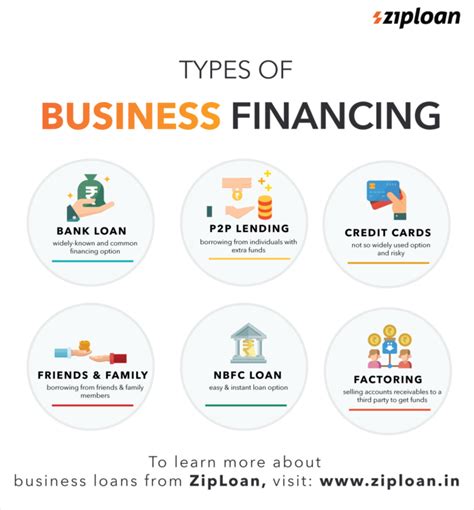The Complete Guide to Business-to-Business (B2B) Financing
Securing funding is crucial for the success of any business, and understanding the nuances of B2B financing is particularly vital for businesses involved in supplying goods or services to other businesses. This comprehensive guide will delve into the various options available, helping you navigate the complexities and choose the best financing solution for your specific needs.
Understanding B2B Financing
B2B financing refers to the various financial instruments and strategies businesses utilize to fund their operations, particularly in relation to their interactions with other businesses. Unlike B2C (business-to-consumer) financing which often involves direct sales to individual customers, B2B financing focuses on facilitating transactions and managing cash flow within the supply chain.
Types of B2B Financing
Several options exist, each designed to address different business needs and risk profiles. Here are some of the most common:
-
Invoice Factoring: This involves selling your outstanding invoices to a third-party factoring company for immediate cash, at a discount. This is particularly useful for businesses with a high volume of invoices and a need for rapid cash flow. Pros: Quick access to capital. Cons: Higher costs due to the discount.
-
Purchase Order Financing: This is tailored for businesses that secure large purchase orders but lack the immediate working capital to fulfill them. The financing is directly tied to the purchase order, providing the necessary funds to acquire materials and complete the order. Pros: Enables fulfillment of large orders. Cons: Typically requires a strong purchase order and credit history.
-
Supply Chain Finance: This involves optimizing cash flow throughout the entire supply chain. It often includes early payment options for suppliers and extended payment terms for buyers. Pros: Improves relationships across the supply chain. Cons: Requires strong relationships and participation from all parties.
-
Asset-Based Lending: This uses business assets, such as inventory or equipment, as collateral for a loan. This can provide access to substantial funding, but the lender holds a claim on those assets in case of default. Pros: Higher borrowing capacity. Cons: Risk of losing assets.
-
Lines of Credit: This provides a pre-approved amount of credit that can be drawn upon as needed. It offers flexibility but requires careful management to avoid accumulating debt. Pros: Flexibility and convenience. Cons: Interest accrues on the drawn amount.
-
Term Loans: These are fixed-amount loans with a predetermined repayment schedule. They offer stability but require a clear understanding of your repayment capacity. Pros: Predictable repayments. Cons: Less flexibility.
Choosing the Right B2B Financing Solution
The best financing option depends heavily on several factors:
- Your business's financial health: Strong credit scores and a proven track record will open up more options.
- The size and frequency of your invoices: Invoice factoring is best suited for businesses with high invoice volumes.
- Your industry and supply chain: Certain industries may have more tailored financing solutions.
- The urgency of your funding needs: Some options offer quicker access to funds than others.
- Your risk tolerance: Options with collateral requirements carry less risk for the lender, potentially leading to lower interest rates.
Improving Your Chances of Securing B2B Financing
To maximize your chances of obtaining favorable financing terms, consider:
- Maintaining strong financial records: Accurate and up-to-date financial statements are crucial.
- Building strong business relationships: A good reputation with suppliers and customers can enhance your credibility.
- Developing a comprehensive business plan: This demonstrates your understanding of your business and its financial projections.
- Shopping around and comparing offers: Don't settle for the first offer you receive. Explore different lenders and compare their terms.
Conclusion
Navigating the world of B2B financing can seem daunting, but understanding the various options and carefully considering your specific needs can lead you to the ideal solution to fuel your business growth. Remember to meticulously assess your financial situation and choose a financing option that aligns with your long-term goals and risk tolerance. This complete guide provides a solid foundation for making informed decisions and achieving financial success in the B2B landscape.
